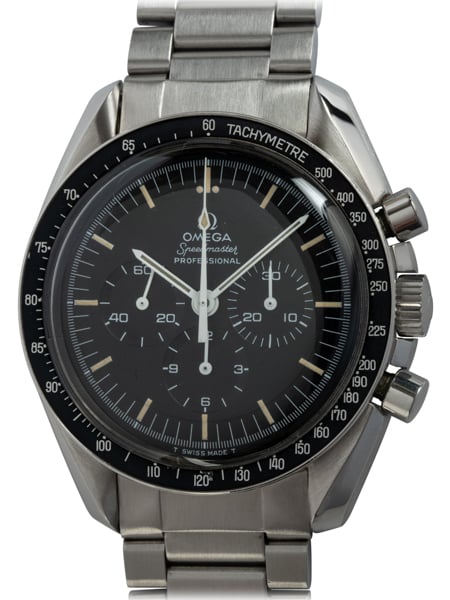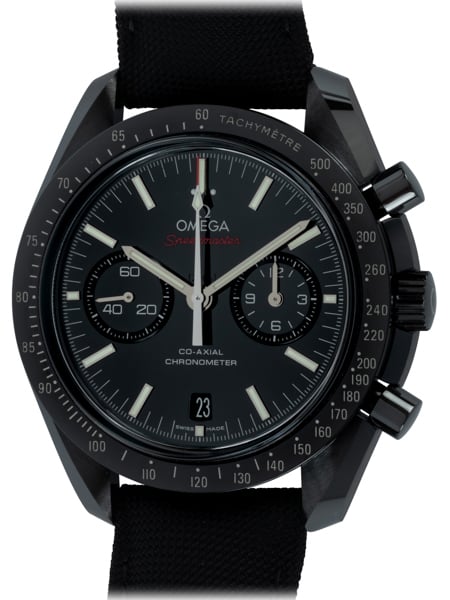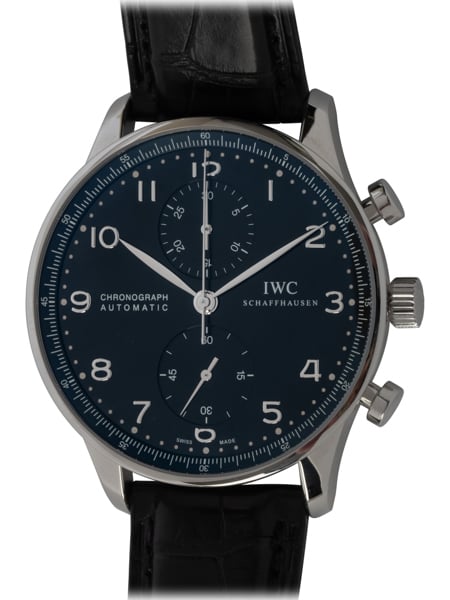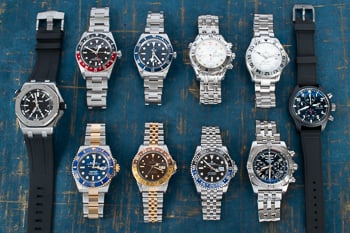Chronograph Watches
- Omega - Speedmaster Appolo 13 'Silver Snoopy'
- Omega - Speedmaster Apollo Soyuz 'Moonwatch'
- Omega - Speedmaster 'Straight Writing'
- Omega - Speedmaster Grey Side of the Moon Meteorite
- Breguet - Transatlantique Type XXI Flyback
- Omega - Speedmaster 'Grey Side of the Moon'
- Jaeger-LeCoultre - Navy Seal Master Compressor Diving Chronograph
- Omega - Speedmaster Moonwatch Chronograph 'Dark Side of the Moon'
- Omega - Speedmaster Apollo 8 'Dark Side of the Moon'
- Breguet - Transatlantique Type XXI Flyback
- Omega - Speedmaster Dark Side of the Moon 'Pitch Black'
- Omega - Speedmaster Moonwatch Chronograph 'Dark Side of the Moon'
- Panerai - Luminor Chronograph
- Zenith - Chronomaster Sport 'Panda'
- IWC - Portugieser Chronograph Edition '150 Years'
- IWC - Spitfire Doppelchrono Rattrapante 'Japan LE'
- Panerai - Luminor 1950 Regatta Rattrapante
- Omega - Speedmaster Moonwatch Professional Co-Axial Master Chronometer
- Omega - Speedmaster Racing
- Zenith - Mega Port Royal Open
- Omega - Speedmaster Moonwatch Professional Co-Axial Master Chronometer
- Omega - Speedmaster Chronoscope 43
- IWC - Portofino Chronograph
- IWC - Portugieser Chronograph
Chronograph Watches Watches
Chronographs are watches with the integrated capabilities of a stopwatch. The idea of the chronograph was first conceived in 1776 as a way to record the time of a projectile's flight, but the first commercially built chronograph didn't appear until 1816, and was used by King Louis XVIII to record the time of horse races.
The modern automatic chronograph was revealed by in 1969, first by Seiko, then by the Chronomatic collaboration (Heuer, Breitling, Hamilton, and Dubois-Depraz), and finally by Zenith. The term "chronometer" is often confused with "chronograph" -- the former is a chronograph that has been certified by the Controle Officiel Suisse des Chronometres, the institute responsible for verification and certification of the accuracy and precision of wristwatches in Switzerland.
























